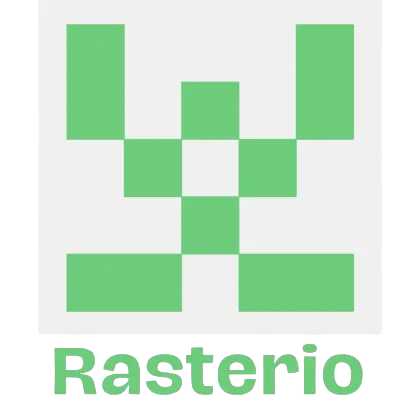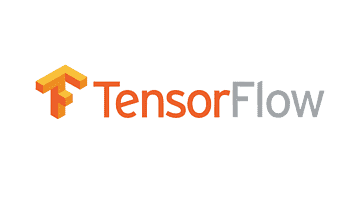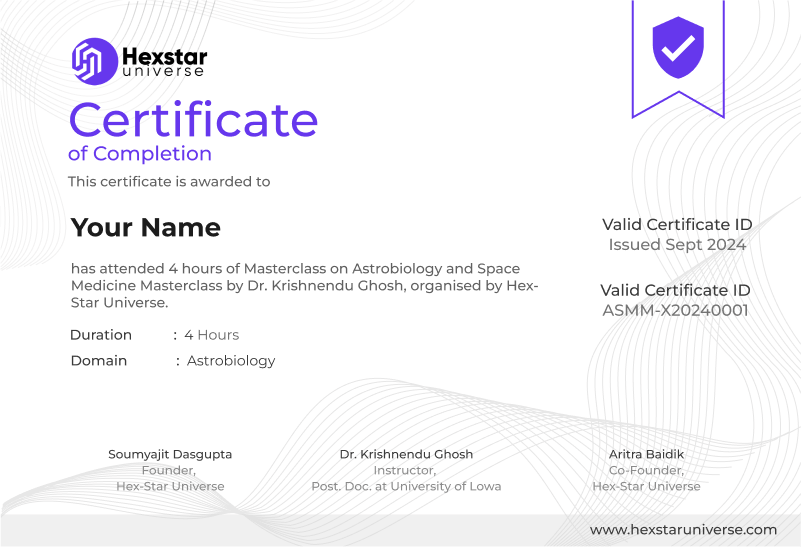Ai for Space Application Traning Program
Unlock the immense potential of artificial intelligence in revolutionizing the space industry
Starting from 24th January to 26th February
Mentors

Arya Pratap Singh
Sr. ML Researcher, KaleidEO

Anuj Soni
Project Intern, NRSC ISRO
Ai for Space Application Training Program
Unlock the immense potential of artificial intelligence in revolutionizing the space industry
24th January to 26th February
1000+ learners
Have benefitted
Instant access
right after enrolment














Our alumni work at top companies in the world
upskill and unlock your career potential
Live session
OnDemand session
Top industry mentors
will guide you through this
Detailed Curricullum
Detailed Curricullum
Remote Sensing & Data Preprocessing
ML, DL & algorithms implementation
AI with GIS & DL algos
Live project work
Module 1
Introduction to Remote Sensing
Fundamentals of remote sensing: History, platforms, and sensors
Types of remote sensing (active vs passive, optical vs radar).
Key terminologies: Spatial, spectral, temporal, and radiometric resolution.
Overview of remote sensing data sources: Satellites, drones, and aerial systems.
Hands on



Module 2
Remote Sensing Data Preprocessing
Data formats (GeoTIFF, HDF, NetCDF) and tools (QGIS, GDAL).
Data cleaning, radiometric, and atmospheric corrections.
Image registration, resampling, and mosaicking techniques.
Cloud removal and noise reduction.
Hands on


Module 3
Introduction to ML and DL
Introduction to ML and DL
Types of algorithms
Current trends in AI
Thinking from an algorithm’s perspective Basic hands on exercise for data preparation.
How to do EDA?
Module 4
Hands on algorithms implementation
Introduction to sk-learn, tensorflow/pytorch
Classification using ML algorithms
Introduction to CNNs, LSTMs, GANs, Autoencoders
Hands on



Module 5
Integrating AI with GIS and its Application in RS
Role of Geographic Information Systems (GIS) in remote sensing.
AI integration with GIS: Geospatial data analysis, visualization, and interpretation.
AI applications in agriculture, forestry, urban planning, and disaster management.
Real-world use cases of AI-powered remote sensing (crop monitoring, deforestation tracking, flood mapping).
Hands on
Implementing AI-based remote sensing projects for specific applications (agriculture, urban planning, etc.).
Module 6
Advanced Deep Learning algos
Implementing ANNs, CNNs, Unet.
Introduction to edge computing and parallel computing.
Basic introduction to foundation models.
Module 7
Live Project work

Introduction to hugging face models
Pulling weights of large pre-trained models and training live.
Comparing model accuracy (Vanilla and pre-trained)
Doubt Session
This is built for
Undergraduates
Gain foundational knowledge and hands-on experience in AI and space tech integration.
Professionals
Upgrade your expertise in geospatial analysis and artificial intelligence applications.
Entrepreneurs
Build AI-powered solutions for industries like agriculture, disaster management, and urban planning
Researchers
Leverage AI to address complex challenges in remote sensing and data analysis
Key Learnings
- Master the fundamentals of remote sensing, including data acquisition and visualization.
- Gain expertise in preprocessing techniques for multispectral and hyperspectral imagery.
- Understand and implement AI algorithms like CNNs, LSTMs, and Autoencoders for space applications.
- Integrate AI with GIS for geospatial data analysis and practical industry use cases.
- Learn cutting-edge concepts like edge computing, foundation models, and advanced deep learning.
- Receive personalized mentorship and guidance to create impactful AI-powered solutions.

Benefits of Our Certification:
1. Boost your career prospects with a certification acknowledged across the world.
2. Improves chances of employment and career advancement.
3. Ensures top-quality education and training.
© 2025 Hex-Star Universe
Hurry up limited seats available
4 live sessions in a month
virtual event - live on meet

200+ students already joined

Open chat
Hello 👋
We are giving 10% discount on every product in the site. DM us to get offer.
We are giving 10% discount on every product in the site. DM us to get offer.

